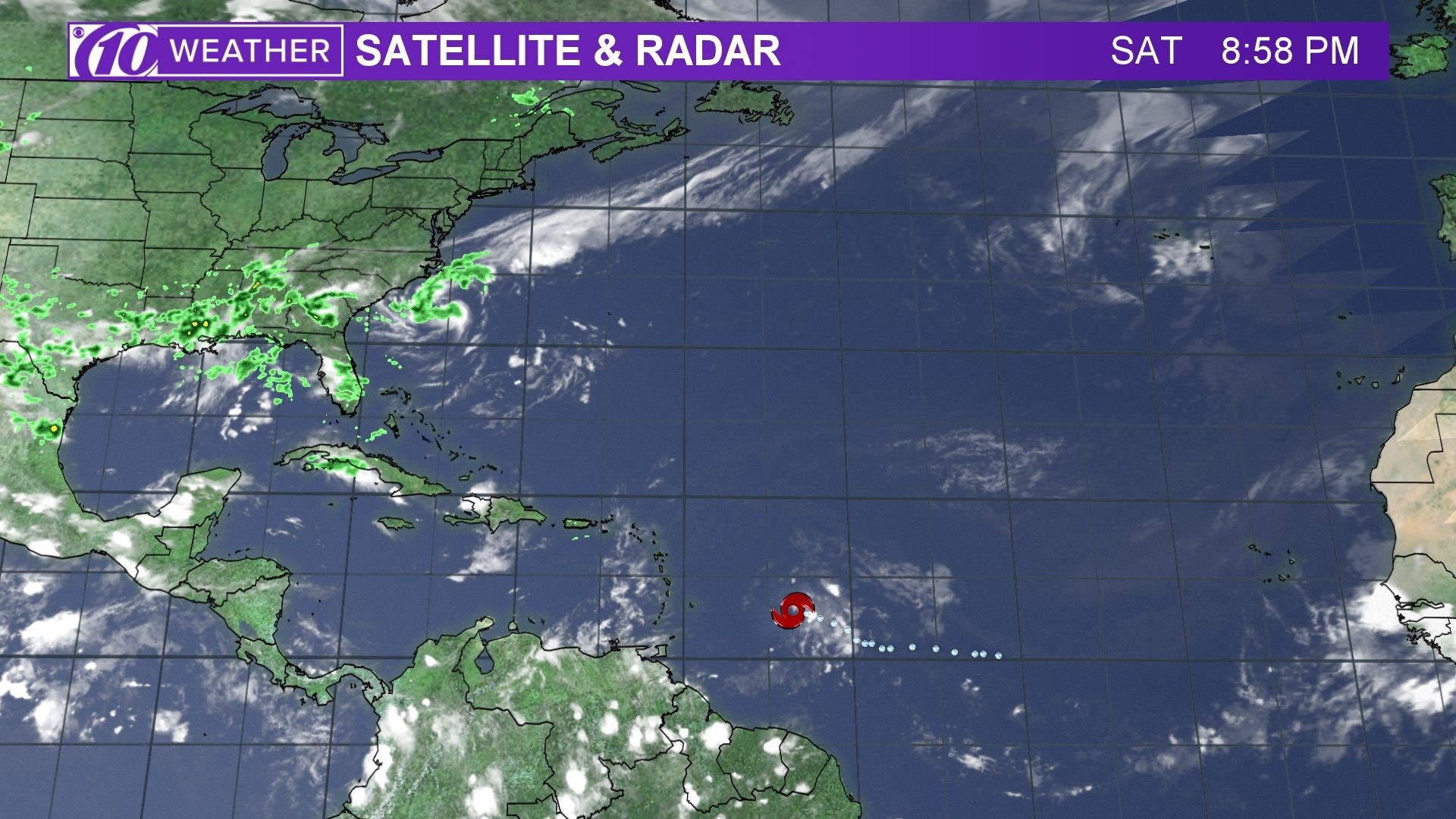Analyze Tropical Storm Beryl’s Historical Path and Impact

Tropical storm beryl spaghetti models – Tropical Storm Beryl, the second named storm of the 2023 Atlantic hurricane season, formed on July 4th and made landfall in Florida on July 6th. The storm brought heavy rainfall and strong winds to the state, causing widespread flooding and power outages.
According to the National Hurricane Center, Beryl had maximum sustained winds of 65 mph at landfall. The storm dropped up to 12 inches of rain in some areas, leading to flash flooding and river flooding. Beryl also caused significant damage to infrastructure, including downed trees and power lines.
Historical Path and Intensity
Beryl’s path can be tracked using an interactive map provided by the National Hurricane Center. The map shows the storm’s track from its formation on July 4th to its dissipation on July 8th. The map also includes information on the storm’s intensity, including its wind speeds and central pressure.
As Tropical Storm Beryl churns in the Atlantic, spaghetti models are swirling with predictions. One of the key questions on everyone’s mind is will Beryl hit Florida ? While the spaghetti models provide a range of possible paths, it’s important to note that they are just projections and can change as the storm evolves.
Nevertheless, they offer valuable insights into the potential track and intensity of Beryl, helping us prepare for whatever Mother Nature may bring.
Rainfall and Flooding
Beryl brought heavy rainfall to Florida, with some areas receiving up to 12 inches of rain. The rainfall led to flash flooding and river flooding, which caused significant damage to homes and businesses. The flooding also forced many roads to be closed, stranding motorists.
Wind Damage
Beryl’s strong winds caused widespread wind damage in Florida. The winds downed trees and power lines, leaving thousands of people without power. The winds also caused damage to buildings, including broken windows and damaged roofs.
Tropical Storm Beryl is expected to continue on its projected path, according to the latest spaghetti models. The storm is expected to make landfall in Florida on Wednesday, bringing heavy rain and wind. For the most up-to-date information on Beryl’s projected path, visit beryl projected path.
The spaghetti models show a wide range of possible paths for the storm, so it is important to stay informed and follow the instructions of local officials.
Forecast Tropical Storm Beryl’s Potential Impacts: Tropical Storm Beryl Spaghetti Models

As Tropical Storm Beryl approaches land, it is crucial to forecast its potential impacts to prepare and mitigate risks. Spaghetti models provide valuable insights into the storm’s likely path and areas that may experience the greatest impact.
Spaghetti models simulate multiple scenarios of the storm’s trajectory, taking into account factors like wind speed, atmospheric conditions, and ocean currents. By analyzing these models, meteorologists can predict the most probable path of the storm and identify areas at risk for landfall.
Coastal Impacts
Coastal areas are particularly vulnerable to the impacts of tropical storms. Storm surge, a wall of water pushed ashore by the storm’s winds, can cause severe flooding and damage to infrastructure. Beryl’s storm surge could potentially reach several feet, threatening coastal communities.
Flooding is another major concern. Heavy rainfall associated with the storm can lead to widespread flooding, inundating roads, homes, and businesses. Inland areas may also experience flooding if rivers and streams overflow their banks.
High winds can cause significant damage to structures, trees, and power lines. Beryl’s winds are expected to reach tropical storm force, capable of causing downed trees, power outages, and structural damage.
Evacuation and Preparedness
Residents in areas potentially affected by Beryl should take precautions to ensure their safety and minimize damage.
- Monitor weather updates and follow official evacuation orders.
- Secure loose objects outside, such as patio furniture and garbage cans.
- Stock up on non-perishable food, water, and essential supplies.
- If you live in a flood-prone area, consider moving valuables to higher ground.
li>Fill up your vehicle’s gas tank and have an evacuation plan in place.
Compare and Contrast Tropical Storm Beryl to Other Notable Storms

Tropical Storm Beryl shares characteristics with other notable storms in the region, including intensity, size, and track. By comparing and contrasting Beryl with these storms, we can identify similarities and differences in their impacts and learn lessons that can be applied to Beryl’s response.
Intensity
Beryl’s maximum sustained winds of 65 mph are comparable to those of Tropical Storm Colin in 2016 and Tropical Storm Emily in 2017. However, Beryl is less intense than Hurricane Matthew in 2016, which had maximum sustained winds of 145 mph.
Size
Beryl’s wind field extends approximately 175 miles, similar to Tropical Storm Colin and Tropical Storm Emily. In contrast, Hurricane Matthew’s wind field extended over 400 miles.
Track
Beryl’s projected track is similar to Tropical Storm Colin, which made landfall in Florida and then moved up the East Coast. However, Beryl’s track is slightly more eastward than Emily, which made landfall in the Florida Panhandle and then moved inland.
Impacts
Beryl’s potential impacts include heavy rainfall, flooding, and coastal erosion. These impacts are similar to those experienced during Tropical Storm Colin and Tropical Storm Emily. However, the extent of the impacts will depend on the storm’s intensity and track.
Lessons Learned, Tropical storm beryl spaghetti models
Lessons learned from previous storms that could be applied to Tropical Storm Beryl’s response include:
- The importance of early evacuation for coastal communities.
- The need for adequate flood control measures.
- The importance of public education and outreach.